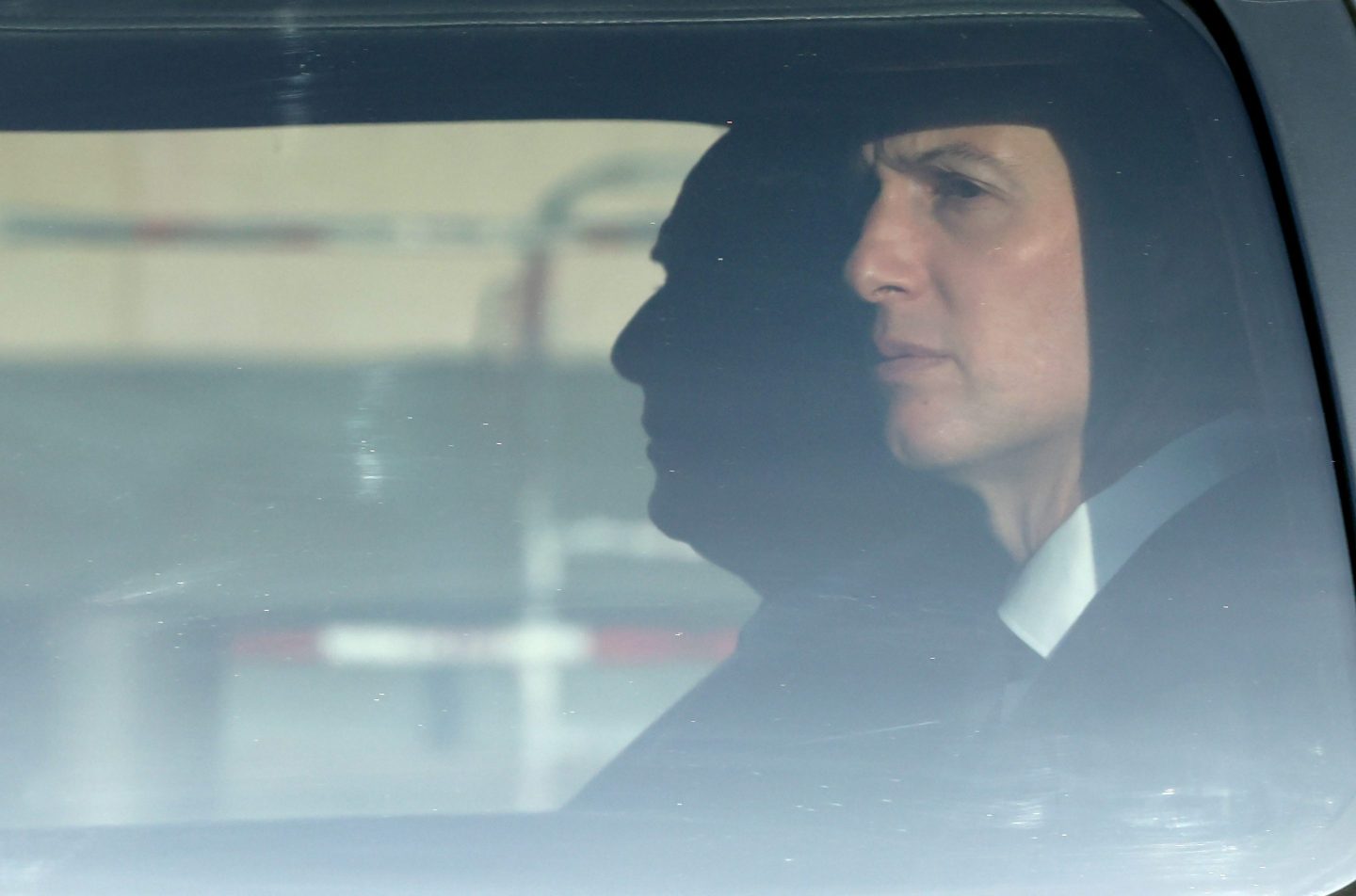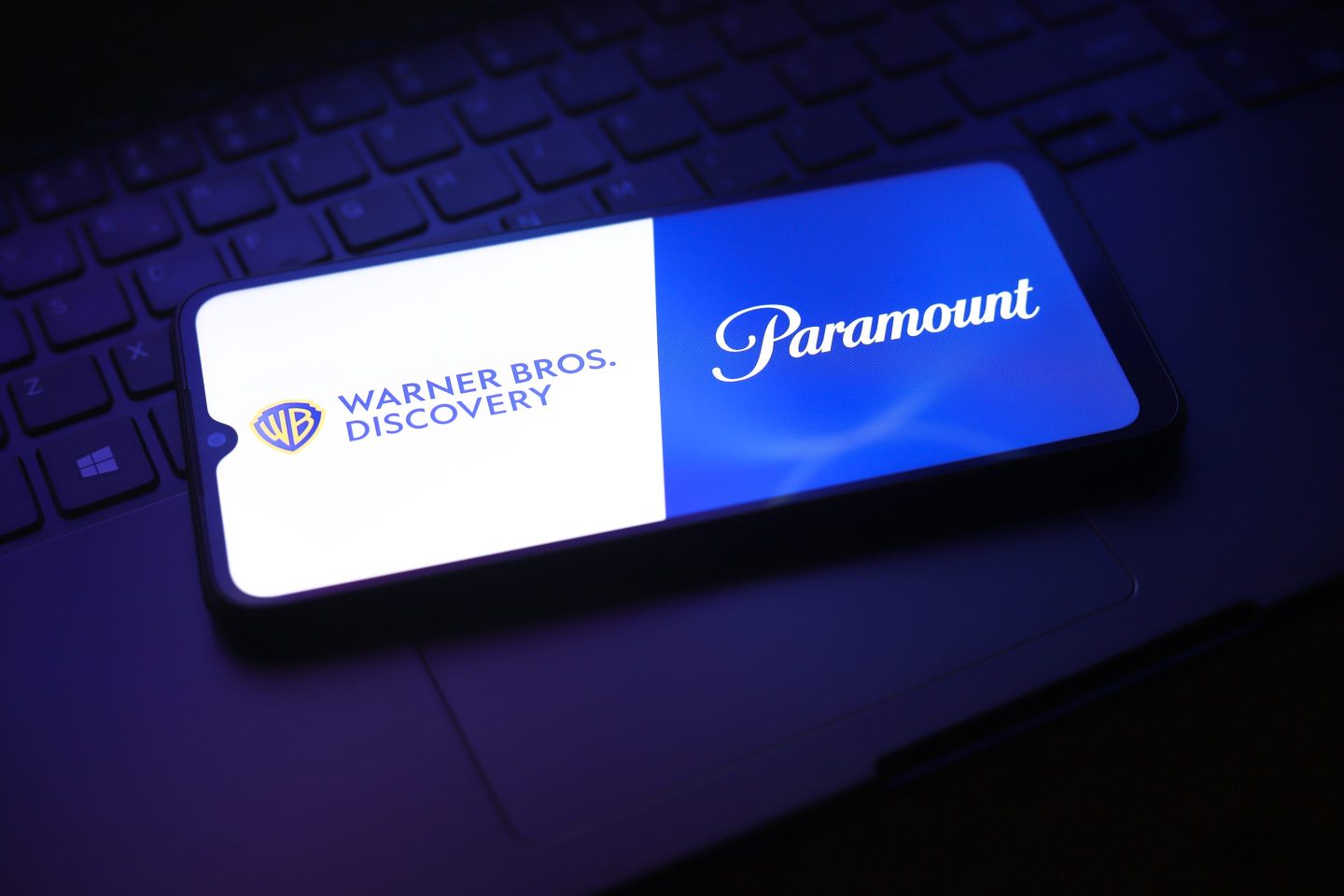Hollywood is starting to look a bit more like the people it depicts.
UCLA today released its annual Hollywood Diversity Report, which found small, but significant, gains have been made for women and people of color in the entertainment industry.
The report, in its sixth year, looks at diversity in front of and behind the camera, as well as box office performance and ratings.
The biggest gains could be seen in television—8 of the top 10 broadcast scripted shows among viewers ages 18 to 49 have casts that are at least 21% people of color. The number of shows created by people of color has risen to 9.4%, more than doubling over a five-year period, according to the study, based on an analysis of 2017 entertainment.
Leads played by people of color in the top performing films also increased, to 19.8% from 13.9%.
Reflecting the change, the survey shows audiences prefer increasingly diverse film and TV content. The report notes that “films with casts that were from 31% to 40% minority enjoyed the highest median global box office receipts, while those with majority-minority casts posted the highest median return on investment.” Meanwhile, the films with the most homogenous casts tended to perform the worst.
Yet while significant gains have been made in front of the camera, the numbers are still lagging behind the scenes.
People of color comprise nearly 40% of the U.S. population, but just 12.6% of film writers and 7.8% of directors are from a minority group—numbers that have remained essentially flat since UCLA’s first edition of the report. The number of female directors nearly doubled over a one-year period, but they, too, still comprise just 12.6% of all directors.
Women generally saw increased representation in a number of areas, including among film and broadcast scripted leads and cable and digital scripted show creators. But they remain underrepresented overall, comprising well under 50% of film leads, directors, and writers.
Ultimately, as Darnell Hunt, one of the report’s authors, noted, “TV is improving more for minorities and women than film.” Nevertheless, he said, “all areas still have a long way to go.”











